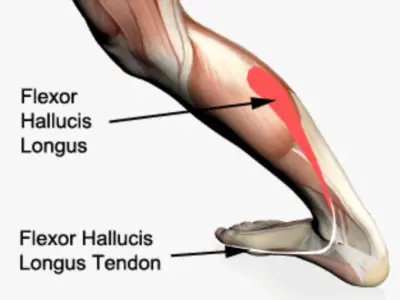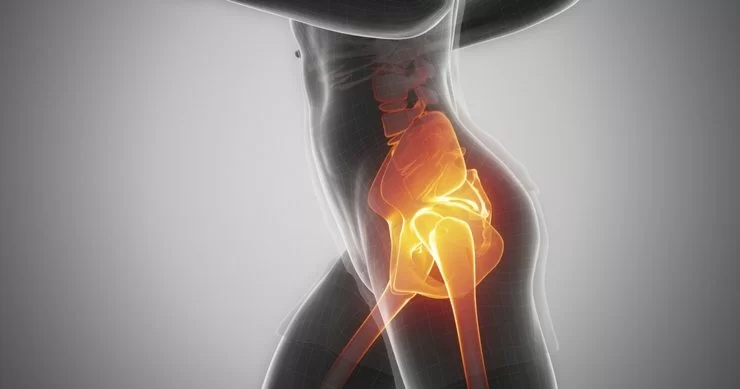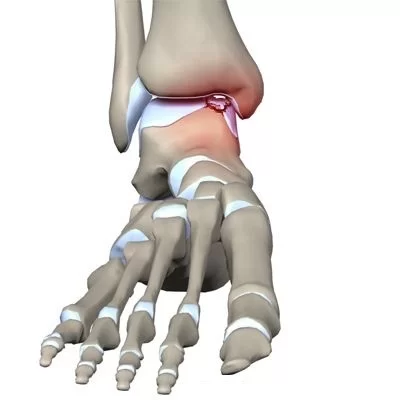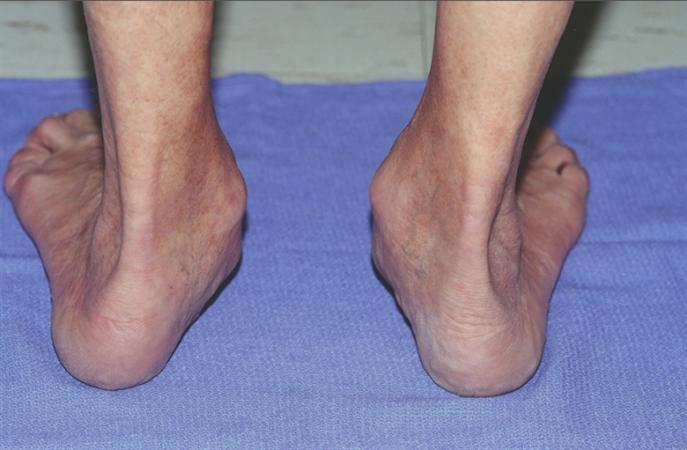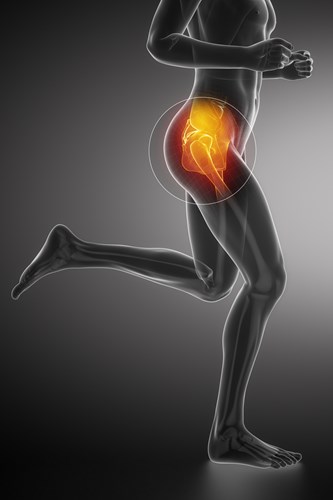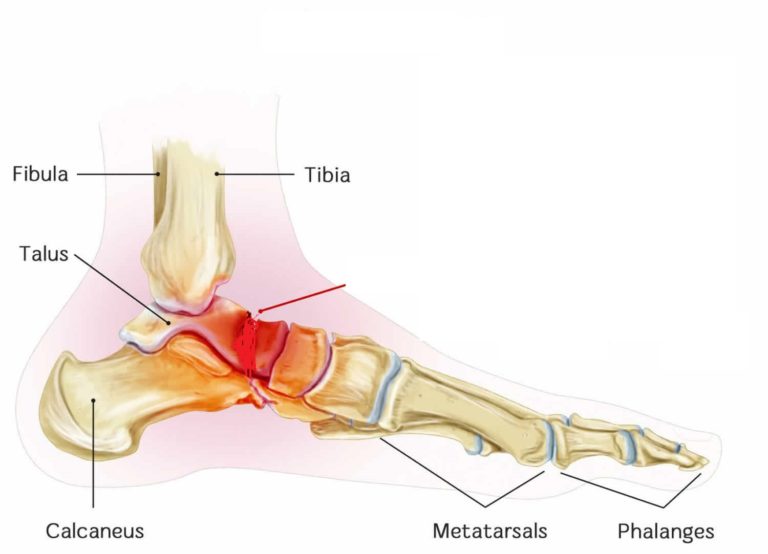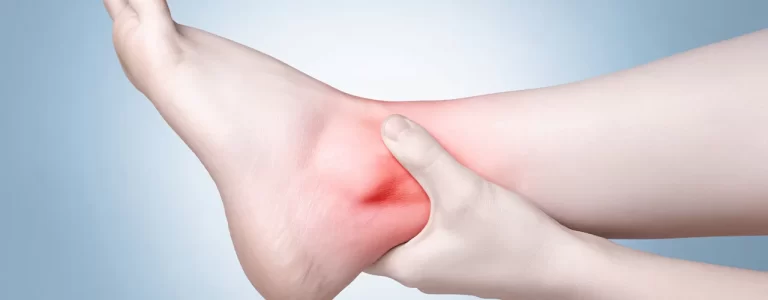Subtalar Joint Arthritis: Physiotherapy Management
What is Subtalar Joint Arthritis? Subtalar joint arthritis into degenerative changes in the cartilage of the subtalar joint. The most common cause of sub-talar arthritis is traumatic injury to the hindfoot which is commonly seen after a fracture to the calcaneus or talus. Presenting symptoms of subtalar arthritis include pain and swelling in the hind-foot….


